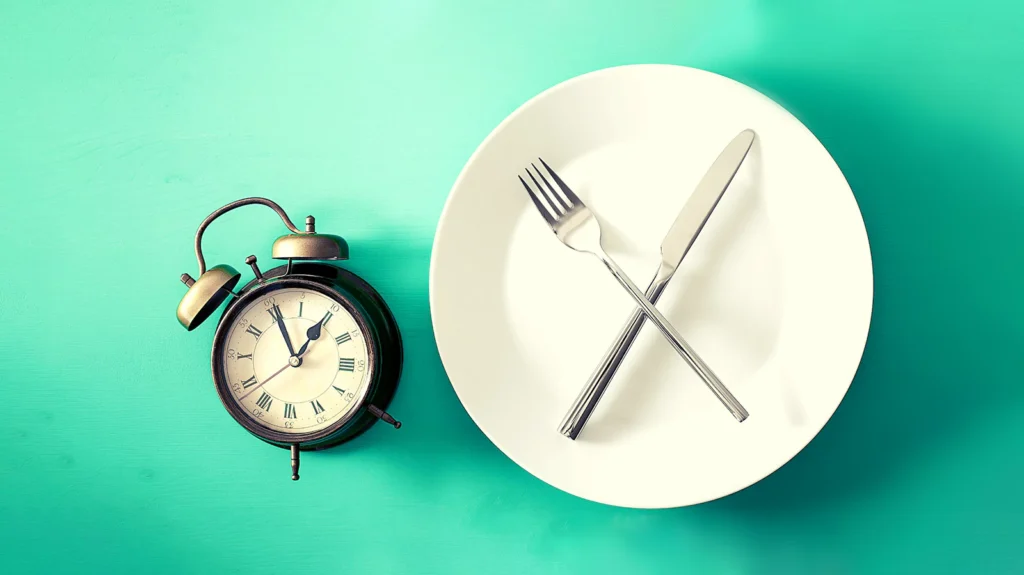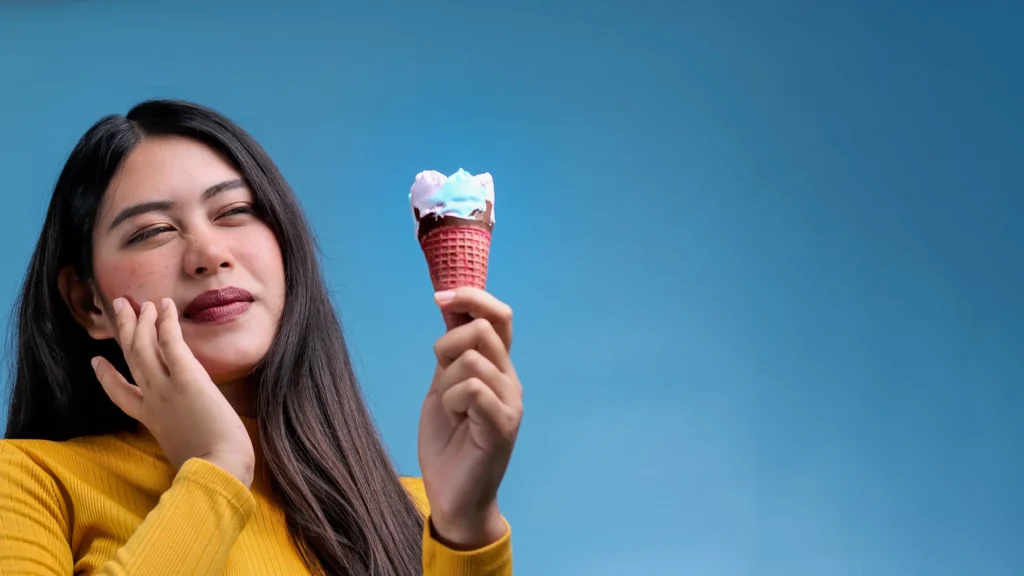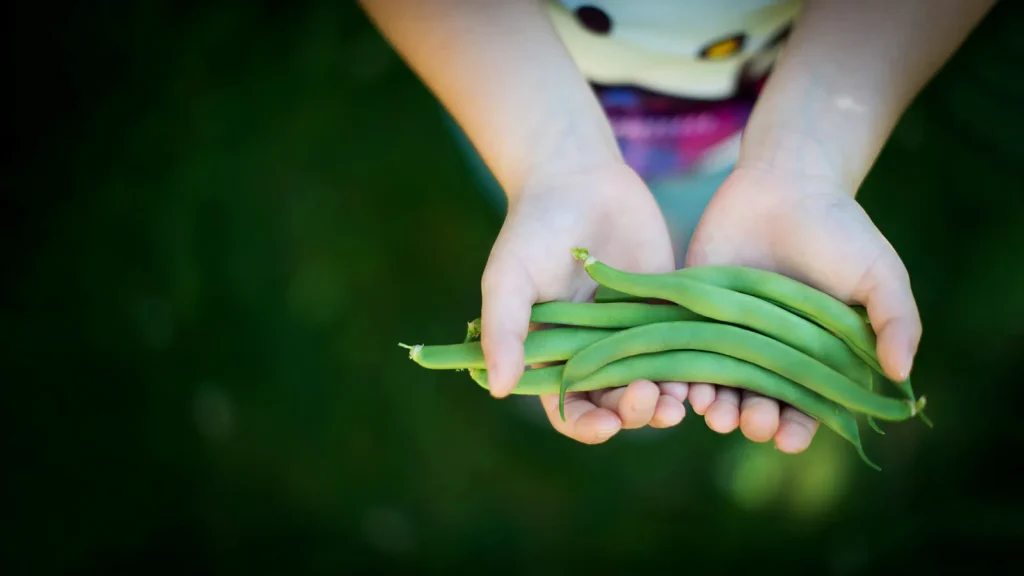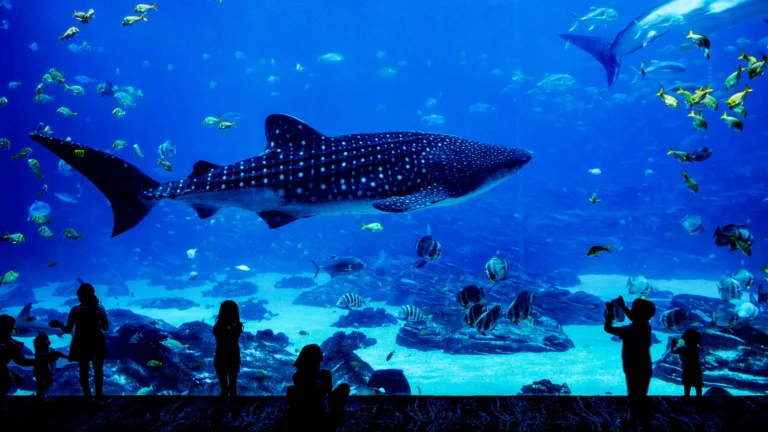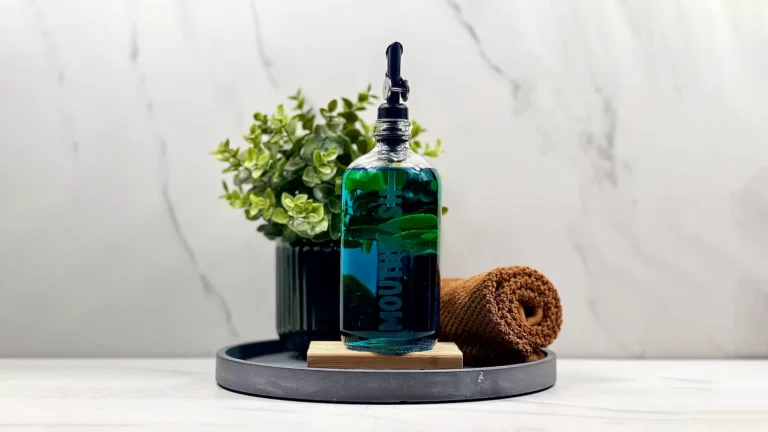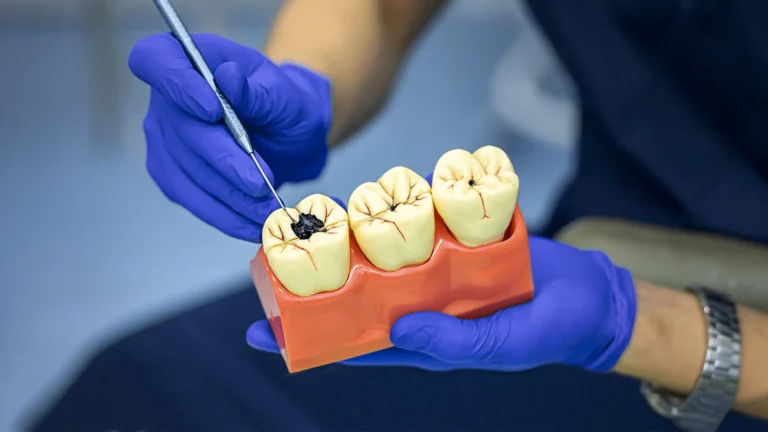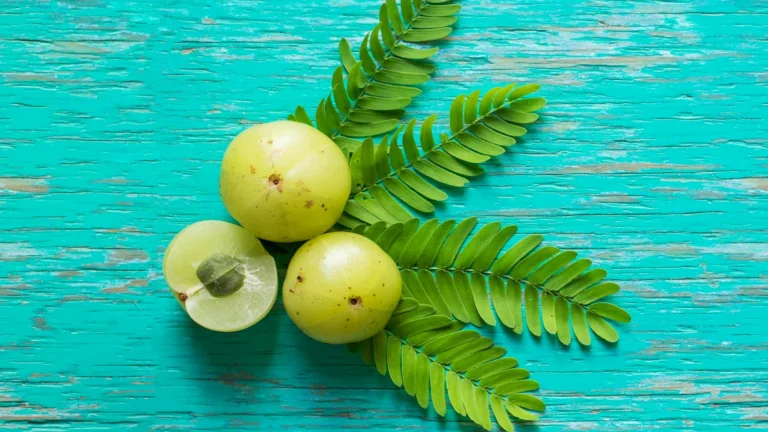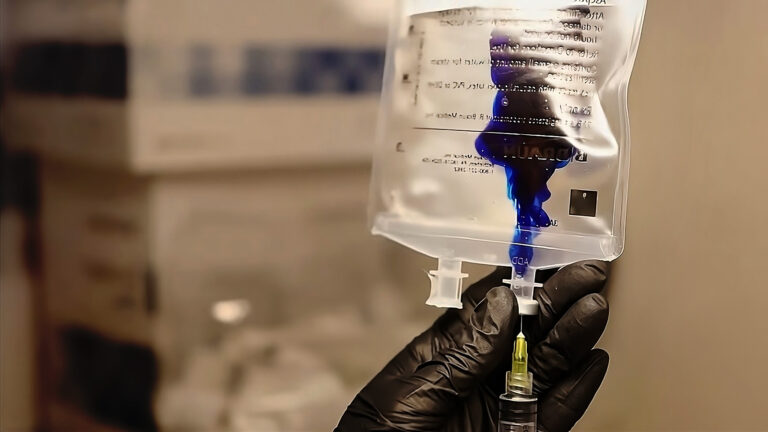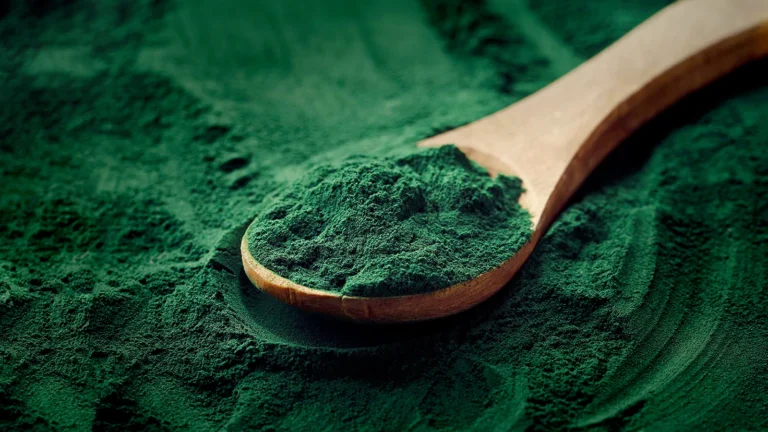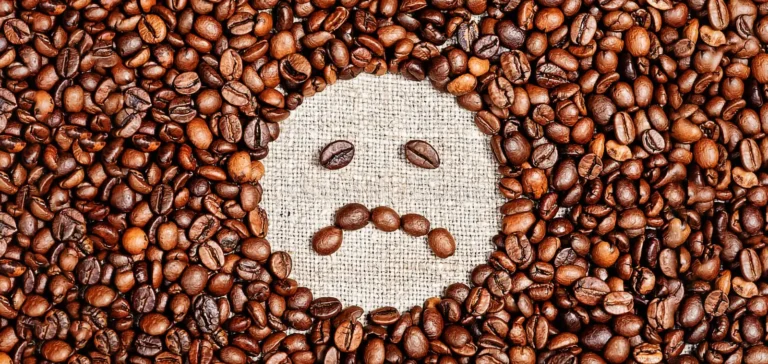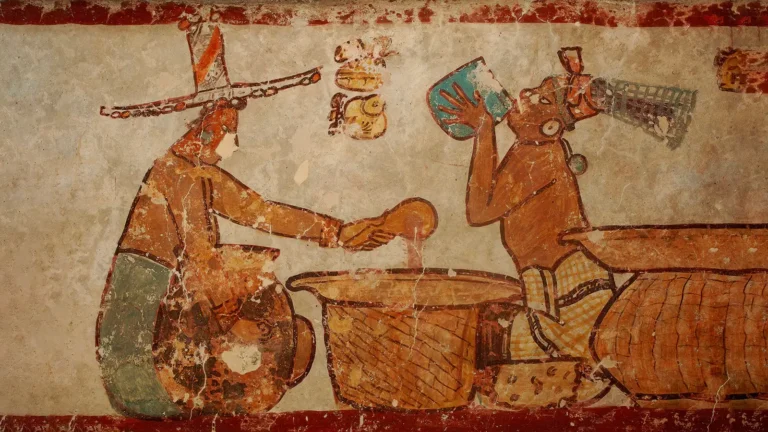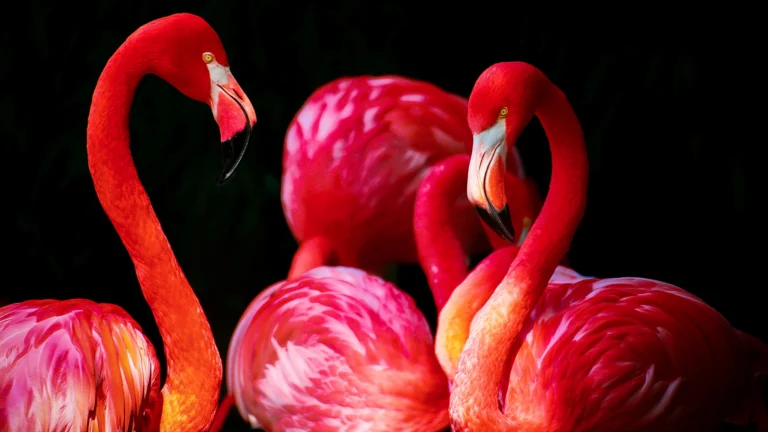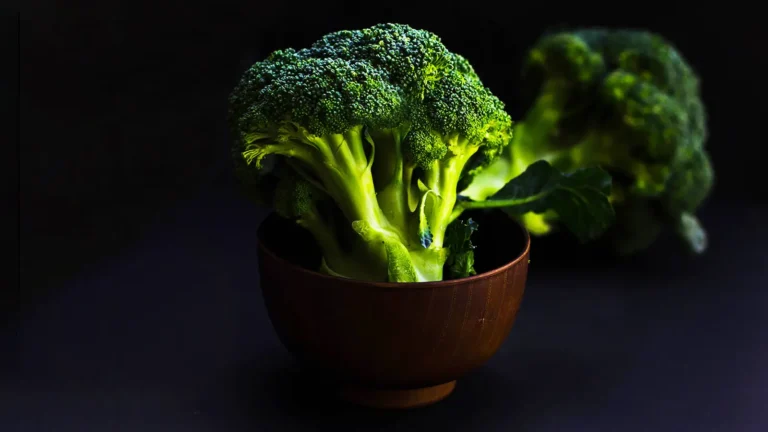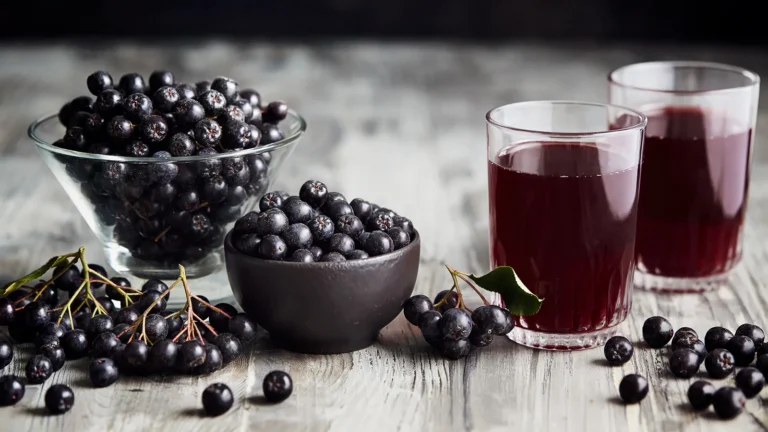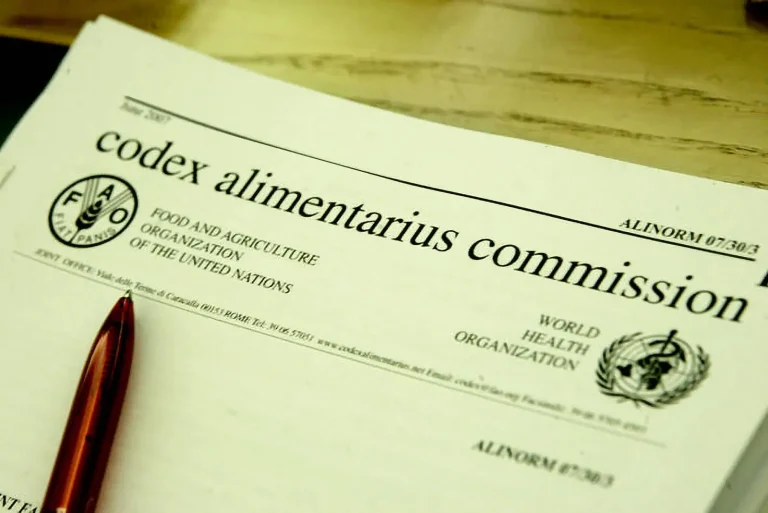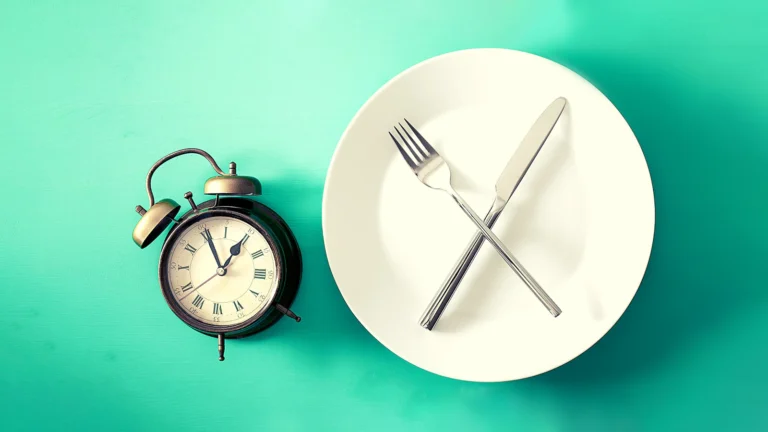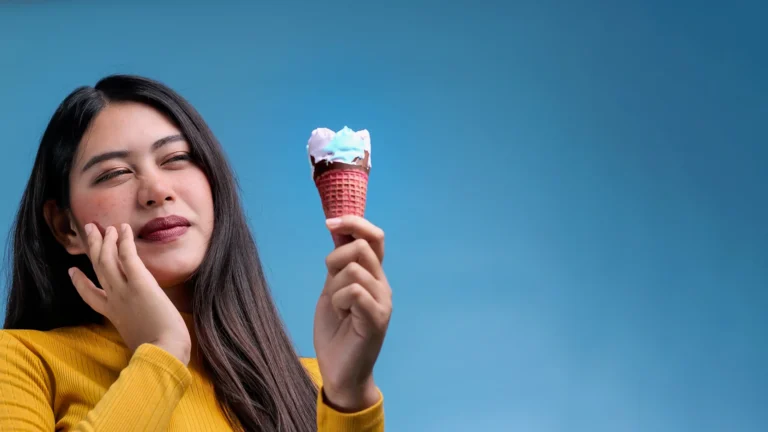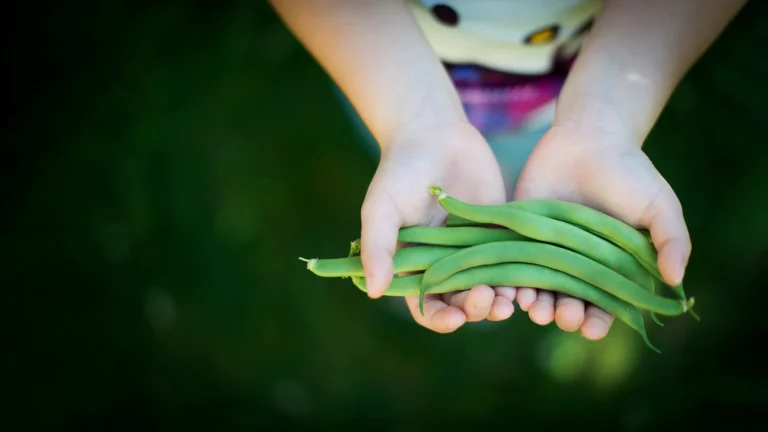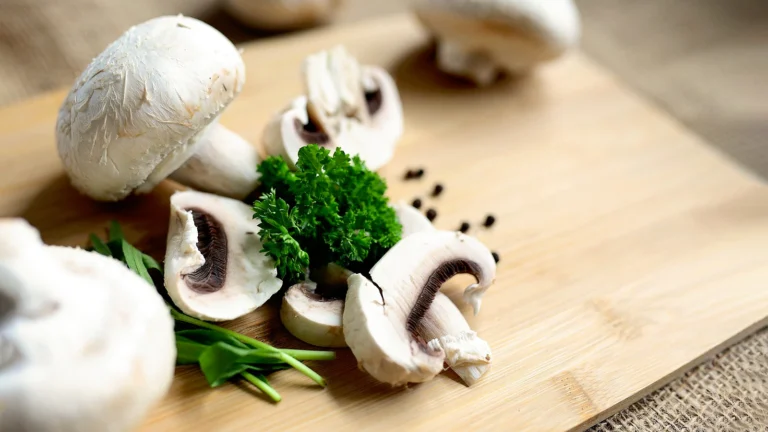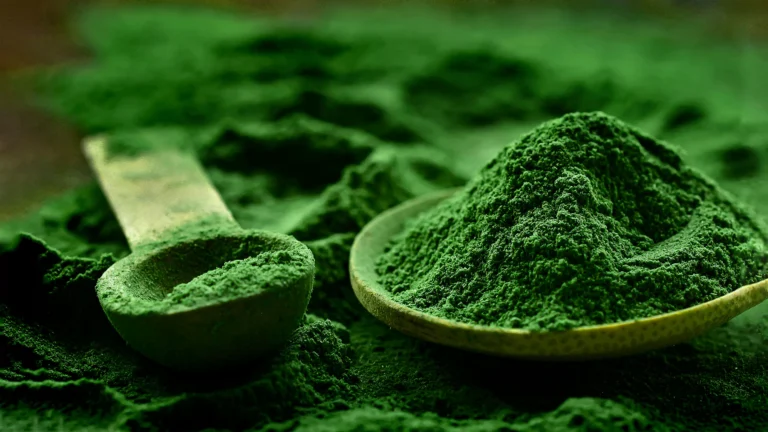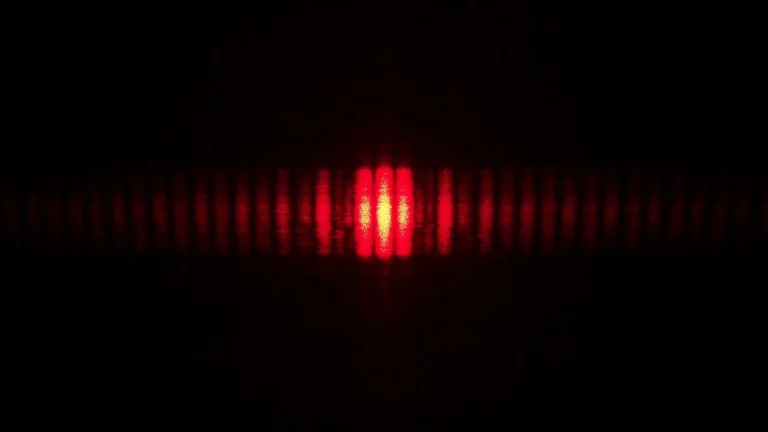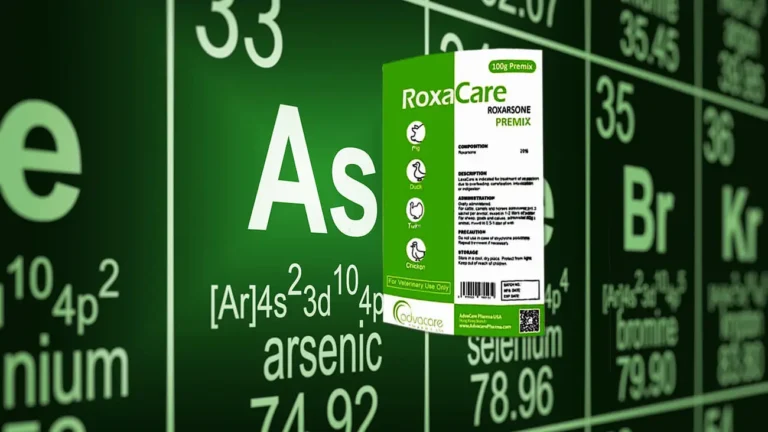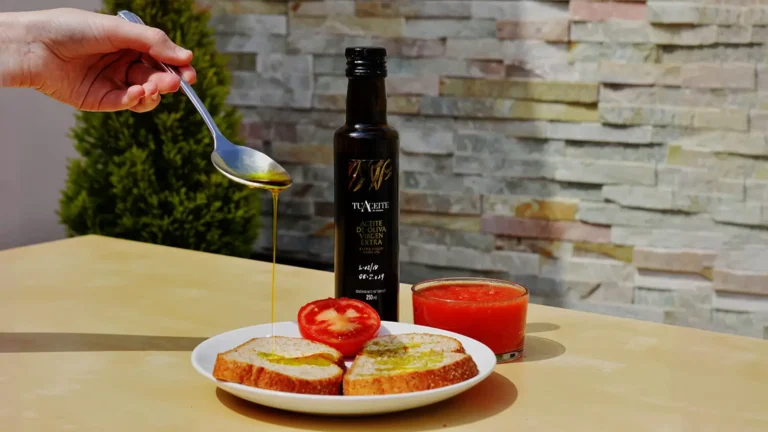Sobre nós
O objectivo da GoVeganWay é trazer até si, e ao seu médico, a mais recente investigação no campo da ciência nutricional. O objectivo da GoVeganWay é representar a investigação sobre saúde baseada em provas de uma forma fácil de compreender, para que todos possamos beneficiar da ciência disponível.
Anúncio
Anúncio
Anúncio
Os Peixes São Animais? Uma Perspetiva Cultural
Em algumas culturas, a carne de peixe não é considerada carne e o peixe é permitido mesmo durante o jejum.
Elixir Bucal Natural Caseiro: Comprovado, Mais Forte e Menos Tóxico
O elixir bucal natural caseiro é mais forte do que a clorexidina, menos tóxico e, se ingerido, pode provocar algumas náuseas, mas também tem um elevado valor ORAC.
Como Parar a Cárie Dentária: Sintomas, Causas e Prevenção
Consumo de açúcar é a principal causa de cáries e a cárie dentária, combinado com deficiência de minerais, especialmente o magnésio, o zinco, o cobre e elementos-traço.
Amla: Benefícios Comprovados, Nutrição e Significado Clínico
O amla é um dos antioxidantes mais poderosos do mundo, com uma pontuação ORAC de 261.530. É uma fonte rica de fitoquímicos que têm vários benefícios para a saúde.
Azul de Metileno: Usos Terapêuticos e Significado Clínico
Azul de metileno é um poderoso antioxidante sintético. Ele melhora a função mitocondrial e a capacidade de nossas células para produzir energia.
Benefícios da Chlorella: Planta B12, Ferro, Zinco e Desintoxicação
A Chlorella é uma fonte vegana de B12, ferro e zinco, tem fortes propriedades quelantes para metais pesados, reforça o sistema imunitário, reduz o colesterol e o risco de anemia.
Mensagens Aleatórias
Mais lidos - Todos os tempos
Carregar mais
Como Fazer Jejum: Alimentos em Jejum que Não Quebram a Autofagia
Autofagia. Já alguma vez se interrogou sobre o que acontece às células do seu corpo quando morrem ou se danificam? Será que se acumulam e criam problemas ou são eliminadas de alguma forma? A resposta é que o seu corpo...
Dentes Sensíveis a Doces e Dor: Solução Rápida e Duradoura
Uma solução rápida e fácil para o alívio da dor é o óleo essencial de cravinho, um poderoso antioxidante e analgésico que pode ajudar com doenças das gengivas e dores de dentes.
Feijão Verde: Benefícios Nutricionais e Para a Saúde
O feijão verde tem poucas calorias e é rico em compostos naturais que podem ajudá-lo a controlar o açúcar no sangue, a reduzir o colesterol e a combater os radicais livres.
Pode-se Comer Cogumelos Crus: Riscos Para a Saúde, Nutrição e Segurança
Os cogumelos têm toxinas sensíveis ao calor, como a hidrazina ou a agaritina, e paredes celulares feitas de quitina que não podem ser bem digeridas pelos seres humanos.
Os Peixes São Animais? Uma Perspetiva Cultural
Em algumas culturas, a carne de peixe não é considerada carne e o peixe é permitido mesmo durante o jejum.
Elixir Bucal Natural Caseiro: Comprovado, Mais Forte e Menos Tóxico
O elixir bucal natural caseiro é mais forte do que a clorexidina, menos tóxico e, se ingerido, pode provocar algumas náuseas, mas também tem um elevado valor ORAC.
Como Parar a Cárie Dentária: Sintomas, Causas e Prevenção
Consumo de açúcar é a principal causa de cáries e a cárie dentária, combinado com deficiência de minerais, especialmente o magnésio, o zinco, o cobre e elementos-traço.
Amla: Benefícios Comprovados, Nutrição e Significado Clínico
O amla é um dos antioxidantes mais poderosos do mundo, com uma pontuação ORAC de 261.530. É uma fonte rica de fitoquímicos que têm vários benefícios para a saúde.
Azul de Metileno: Usos Terapêuticos e Significado Clínico
Azul de metileno é um poderoso antioxidante sintético. Ele melhora a função mitocondrial e a capacidade de nossas células para produzir energia.
Benefícios da Chlorella: Planta B12, Ferro, Zinco e Desintoxicação
A Chlorella é uma fonte vegana de B12, ferro e zinco, tem fortes propriedades de quelação de metais pesados, potencial para baixar o colesterol, reduzir a anemia e reforçar o sistema imunitário.
Benefícios da Spirulina: Superalimento Rico em Ficocianina
A espirulina tem fortes propriedades antioxidantes, anticancerígenas, antivirais e imunomoduladoras, bem como a capacidade de combater a obesidade, a diabetes e o colesterol.
Dieta de Baixa Histamina e Intolerância à Histamina: Guia Completo
Uma forma de gerir a intolerância à histamina é seguir uma dieta pobre em histamina. Isto significa evitar alimentos ricos em histamina ou que possam desencadear a sua libertação.
- Publicações aleatórias -
Câncer, O que é Proibido Curas - ESSIAC
Em uma pequena cidade no Norte de Ontário, em 1922, rumores começaram a circular de um câncer-a cura de chá que era proveniente de florestas de Ontário. Índios chamados esta mistura de chá de vida."
Câncer, O que é Proibido Curas-máquina de Rife, a revisão Científica
Talvez o pior caso de médicos de supressão foi o caso do que eu gostaria de chamar de amplo espectro de ressonância de tecnologia das radiações (BSRR) inventado pelo Dr. Royal Raymond Rife.
Arsénio de Exposição e Consumo de Carne - O "Veneno"," Livre de Aves Ato
Nos EUA, mais de três quartos da exposição ao arsénico provém de produtos animais e principalmente de galinha do que de carne de vaca, porco, cachorro-quente, ovos e leite.
A deficiência de vitamina D - Fatores de Risco
Existem apenas duas vitaminas que não são produzidos pelas plantas, vitamina D, e o outro de vitamina B12. A deficiência de vitamina D é uma preocupação real.
Dieta mediterrânica- "Maravilha" de azeite de oliva
Comercializado como uma maravilha de azeite, a dieta Mediterrânea não tinha nada a ver com qualquer óleo de qualquer tipo, exceto na medida em que ele pode substituir a manteiga e a banha.
Câncer, O Que É Proibido Curas - O Krebiozen
É altamente provável que os poderes em lugares altos influenciada pela reputação do Dr. Ivy acreditava que ele fez, na verdade, ter algo em Krebiozen.

